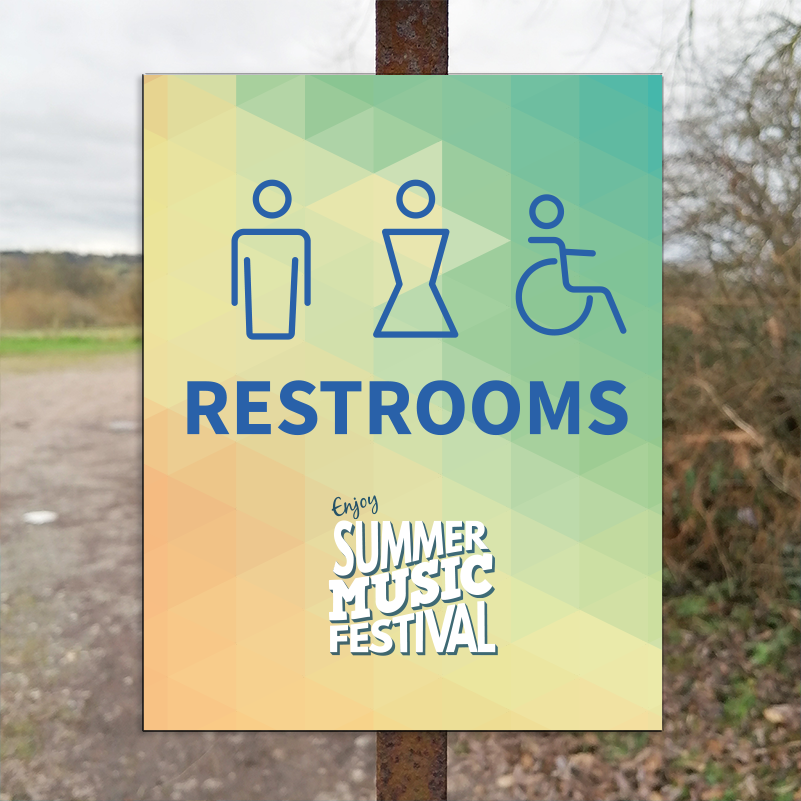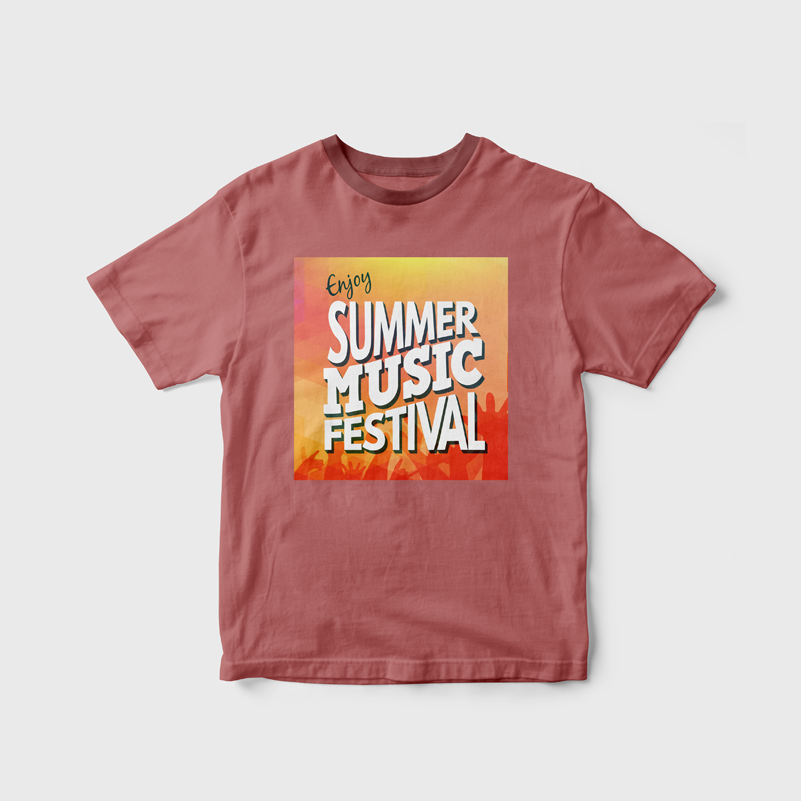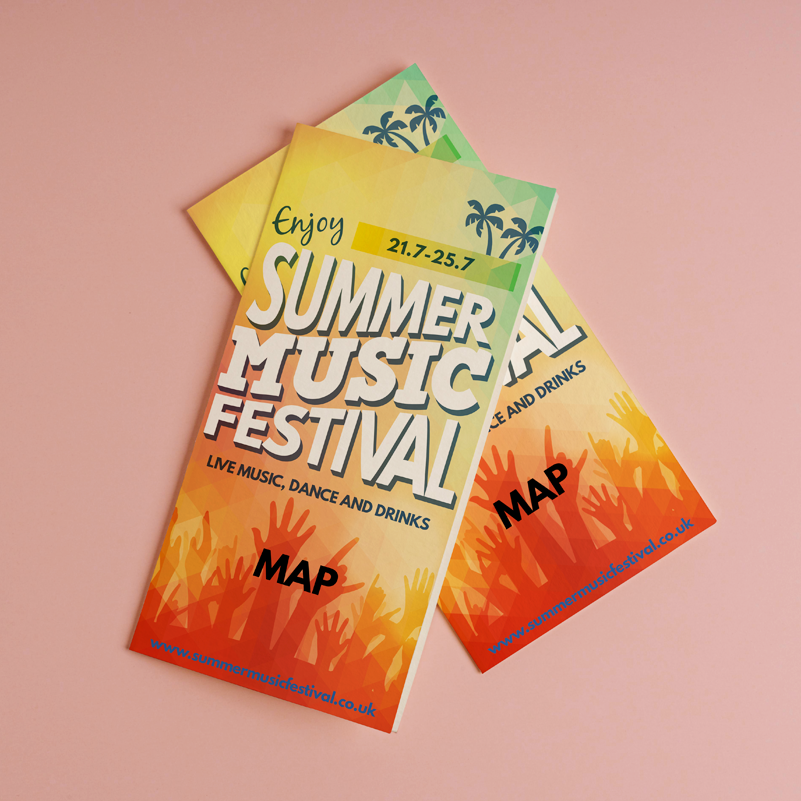Imagine this: you're at a festival, the music's pumping, the energy is high, but you're desperately trying to find the main stage, the toilets, or your friends who wandered off. Frustrating, right? That's where the unsung hero of any successful festival comes in: signage.
Effective signage is absolutely crucial for a smooth, enjoyable festival experience. It's much more than just pointing people in the right direction; it's about creating a sense of order, safety, and even enhancing the overall atmosphere.
Why Signage Matters
- Wayfinding: This is the most obvious function. Clear, well-placed festival posters and signs outdoor help attendees navigate the festival site with ease, reducing confusion and frustration. Think directional arrows, stage names, and maps.
- Safety First: Signage plays a vital role in communicating important safety information. Clearly marked exits, first aid points, and emergency information are essential for attendee well-being.
- Branding and Atmosphere: Signage contributes to the overall aesthetic of the festival. Creative, eye-catching designs featuring the festival logo and artwork reinforce branding and add to the visual experience.
- Information is Power: Use signage to keep attendees informed about set times, special events, food and drink locations, and other important updates.
- Reduce Staff Burden: Good signage means fewer people stopping to ask for directions, freeing up your staff to focus on other tasks.
Types of Signage to Consider
- Directional Signs: Arrows, maps, and location markers to guide attendees.
- Stage Signs: Clearly display stage names, set times, and artist lineups.
- Informational Signs: Communicate rules, safety guidelines, and other essential information.
- Sponsor Signs: Acknowledge and thank your sponsors with prominent signage.
- Decorative Signs: Enhance the festival atmosphere with creative and thematic designs.
Tips for Effective Festival Signage
- Keep it Clear and Concise: Use large, easy-to-read fonts and avoid clutter.
- Strategic Placement: Position signs in high-traffic areas and at decision points.
- Durable Materials: Choose weather-resistant materials that can withstand the elements.
- Consistent Branding: Maintain a consistent look and feel across all signage.
- Consider Accessibility: Ensure signage is accessible to people with disabilities.
Don't Underestimate the Power of Signage
Signage is an investment in the success of your festival. It enhances the attendee experience, promotes safety, and strengthens your brand. So, make sure to give it the attention it deserves in your planning process. After all, a well-signed festival is a happy festival!
Imagine this: you're at a festival, the music's pumping, the energy is high, but you're desperately trying to find the main stage, the toilets, or your friends who wandered off. Frustrating, right? That's where the unsung hero of any successful festival comes in: signage.
Effective signage is absolutely crucial for a smooth, enjoyable festival experience. It's much more than just pointing people in the right direction; it's about creating a sense of order, safety, and even enhancing the overall atmosphere.
Why Signage Matters
- Wayfinding: This is the most obvious function. Clear, well-placed festival posters and signs outdoor help attendees navigate the festival site with ease, reducing confusion and frustration. Think directional arrows, stage names, and maps.
- Safety First: Signage plays a vital role in communicating important safety information. Clearly marked exits, first aid points, and emergency information are essential for attendee well-being.
- Branding and Atmosphere: Signage contributes to the overall aesthetic of the festival. Creative, eye-catching designs featuring the festival logo and artwork reinforce branding and add to the visual experience.
- Information is Power: Use signage to keep attendees informed about set times, special events, food and drink locations, and other important updates.
- Reduce Staff Burden: Good signage means fewer people stopping to ask for directions, freeing up your staff to focus on other tasks.
Types of Signage to Consider
- Directional Signs: Arrows, maps, and location markers to guide attendees.
- Stage Signs: Clearly display stage names, set times, and artist lineups.
- Informational Signs: Communicate rules, safety guidelines, and other essential information.
- Sponsor Signs: Acknowledge and thank your sponsors with prominent signage.
- Decorative Signs: Enhance the festival atmosphere with creative and thematic designs.
Tips for Effective Festival Signage
- Keep it Clear and Concise: Use large, easy-to-read fonts and avoid clutter.
- Strategic Placement: Position signs in high-traffic areas and at decision points.
- Durable Materials: Choose weather-resistant materials that can withstand the elements.
- Consistent Branding: Maintain a consistent look and feel across all signage.
- Consider Accessibility: Ensure signage is accessible to people with disabilities.
Don't Underestimate the Power of Signage
Signage is an investment in the success of your festival. It enhances the attendee experience, promotes safety, and strengthens your brand. So, make sure to give it the attention it deserves in your planning process. After all, a well-signed festival is a happy festival!
Festival Signage FAQs
Q1: What is festival signage?
A1: Festival signage refers to all the signs used at a festival event, including directional signs, informational signs, stage names, safety warnings, and decorative elements. Its primary purpose is to help attendees navigate, stay informed, and enhance their overall experience.
Q2: Why is good signage important for a festival?
A2: Good signage is crucial for several reasons: it helps attendees find their way around (wayfinding), communicates vital safety information, reinforces the festival's branding and atmosphere, provides key information like set times, and reduces the burden on staff by answering common questions visually.
Q3: What types of signs are essential for a festival?
A3: Essential festival signs include directional signs (arrows, maps), stage signs (names, lineups), informational signs (rules, FAQs), safety signs (exits, first aid), and signs acknowledging sponsors.
Q4: How can I make my festival signage effective?
A4: To make your signage effective, ensure it's clear and concise with easy-to-read fonts, place it strategically in high-traffic areas, use durable, weather-resistant materials, maintain consistent branding, and consider accessibility for all attendees.
Q5: Can signage improve festival safety?
A5: Absolutely. Signage plays a critical role in festival safety by clearly marking emergency exits, pointing to first aid stations, indicating evacuation routes, and communicating important rules or warnings, ensuring attendees can quickly find help or egress when needed.
Posted by By Jenny on 31st Jan 2025




